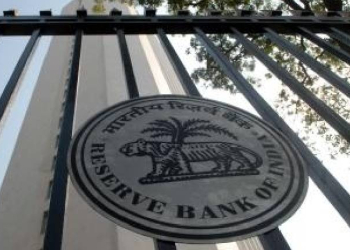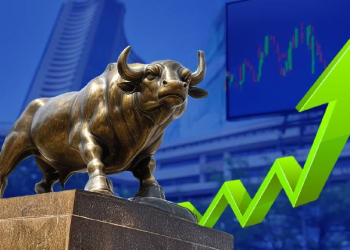New Delhi: Asian investments in renewable energy are growing 23 per cent annually with $345 billion pumped into wind, solar and clean vehicles through 2022, an assessment of energy trends by Zero Carbon Analytics finds on Thursday.
The region is accounting for 52.5 per cent of global capacity in 2022 — driven largely by India, China and Vietnam.
Asian investments in the electric car and scooter market are also notable with sales of electric motorbikes and scooters in the country increasing 3,000 per cent between 2015-2022.
Globally, Asia accounts for 51 per cent of global greenhouse gas emissions with vast coal fleets in India and China despite both countries committing to long-term net-zero targets.
The new study that highlights the Asian region as the global leader in wind and solar development coincides with government leaders, businesses and civil society organisations gathering in the southern Malaysian city of Johor Bahru this week to enhance cooperation and discuss climate solutions in Asia and the Pacific.
The report ‘A driving force: Asia’s Energy Transition’ is the third in a series of reports looking at evidence of the pace of growth in the clean energy transition.
The report builds on several pieces of research on exponential systems change released by RMI, Systems Change Lab and others this year, which shows that change is happening faster than we think.
Its key takeaways include Asia has the fastest growth rate of wind and solar capacity at 35 per cent per year, and it has outpaced other continents since 2015.
Total Asian funding for renewables amounted to $532 billion in 2022, that’s 65 per cent of the global spend on renewables.
India’s growth in renewable capacity outpaces coal power growth while China had the fastest growing deployment of wind and solar in the world between 2000 and 2022, doubling its wind capacity about every 1.5 years and its solar capacity about every 2.5 years.
The Asia Pacific Region — home to 4.3 billion people and one of the regions most vulnerable to the impacts of climate change — is grappling with various climate challenges, including sea level rise, extreme weather events, and threats to its biodiversity and water resources.
Responding to the report, Aarti Khosla, Director, Carbon Copy, said: “Asian economies like India, China and Japan are becoming all the more pivotal for global growth especially as the Asian continent is set to contribute about two-thirds of all global growth.”
“As domestic energy consumption will increase off the back of major infrastructure developments and large manufacturing pushes clean energy should be the crux of development. This will assume even greater significance, especially with global energy security threatened with defence issues, as well as economic difficulties being faced by many countries across the world.”
Li Shuo, incoming China Climate Hub Director, Asia Society Policy Institute, said: “China is racing ahead in the shift to clean energy, this is no small feat for the world’s largest emitter of greenhouse gases.”
“Since the Paris Agreement, China’s renewables capacity has soared and we know it’s expected to surpass its goal to increase solar and wind capacity to over 1,200 GW by 2030. The country is not immune to climate impacts and must use its own momentum to spearhead an ambitious global deal at COP28.”
(IANS)















